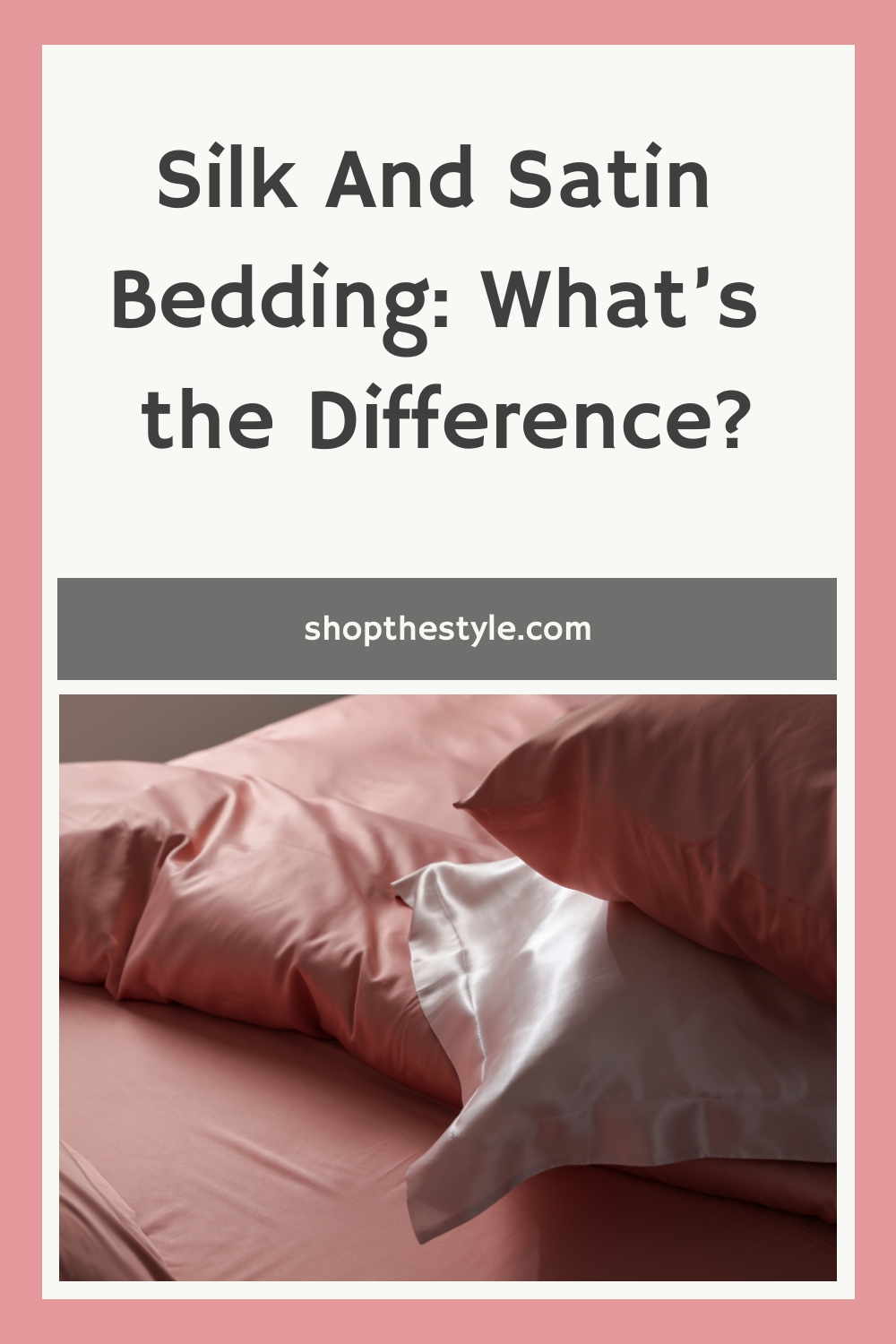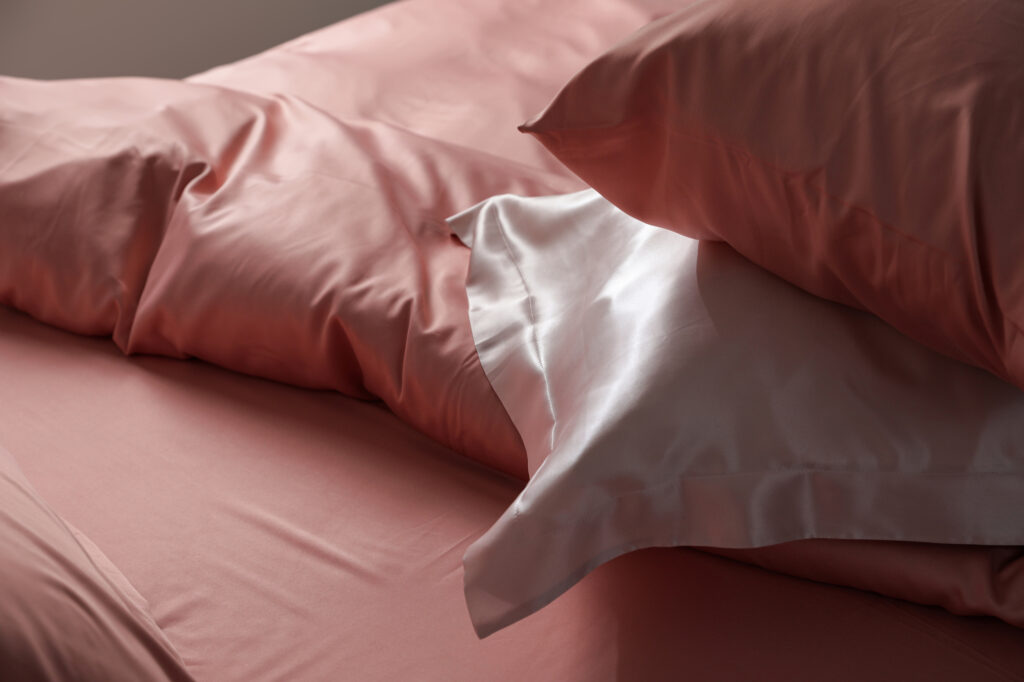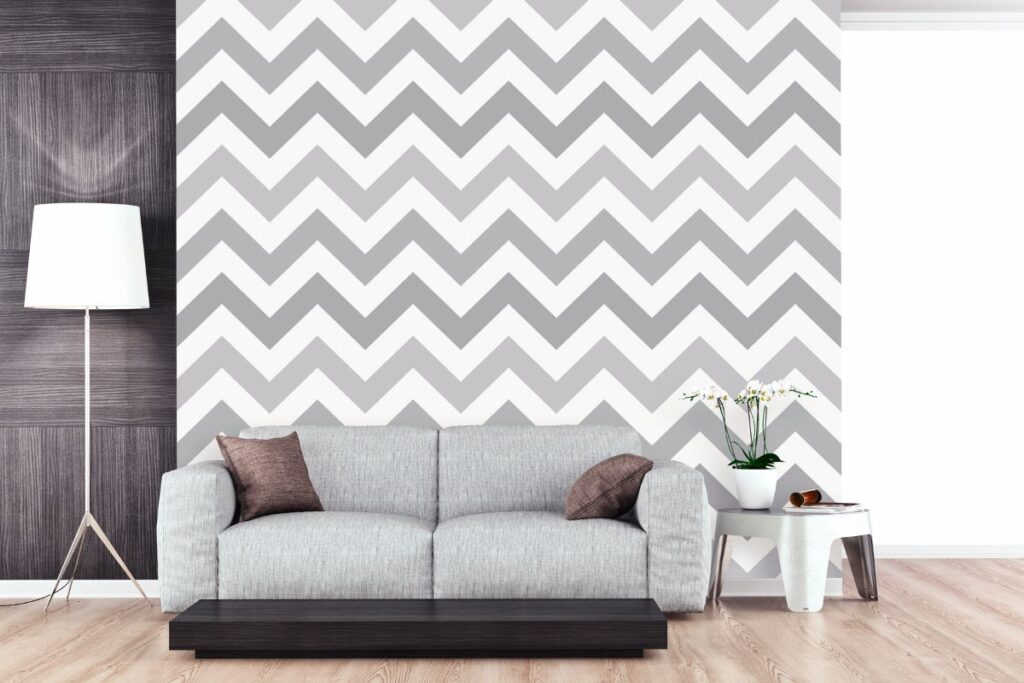When it comes to luxurious and indulgent bedding materials, silk and satin often steal the spotlight. Both are known for their smooth, lustrous textures and have been associated with comfort and opulence for centuries. However, despite their similarities, these two fabrics are not one and the same. In this article, we will explore the distinctions between silk and satin, the advantages and disadvantages of each for bedding, and ultimately, which fabric type might be better for a good night’s sleep.
Contents
Silk: A Natural Wonder
Silk originates as a natural fiber extracted from the cocoons woven by silkworms. Its history dates back over 5,000 years to ancient China, where it was a closely guarded secret for making fine textiles. This fabric is celebrated for its luxurious softness and natural sheen. It is a popular choice for high-end clothing and bedding due to its temperature-regulating properties and hypoallergenic nature.
Advantages of Silk Bedding:
- Temperature Regulation: Silk is a breathable fabric that helps regulate body temperature. It keeps you cool in hot weather and warm in cold weather, making it an excellent choice for year-round comfort.
- Hypoallergenic: Silk is naturally resistant to dust mites and other allergens, making it a great option for those with allergies or sensitive skin.
- Moisture-Wicking: Silk wicks away moisture from your skin, helping to keep you dry and comfortable throughout the night.
Disadvantages of Silk Bedding:
- Cost: High-quality silk bedding can be quite expensive, which might not fit everyone’s budget.
- Delicate: Silk is a delicate fabric that requires careful handling and maintenance to prevent damage, such as snags or wrinkles.
Satin: The Smooth Operator
Satin, on the other hand, is a weave pattern rather than a specific type of fabric. It can be crafted from a range of materials, such as silk, polyester, acetate, or nylon. What sets satin apart is its weave pattern, which creates a glossy, smooth surface with a reflective quality. Satin is commonly associated with sensuality and elegance, often used for lingerie, evening gowns, and, of course, bedding.
Advantages of Satin Bedding:
- Smoothness: Satin’s weave gives it a luxuriously smooth surface that feels gentle against the skin, reducing friction and helping to prevent wrinkles and hair breakage.
- Affordability: Satin bedding is typically more affordable than pure silk, making it a budget-friendly alternative for those seeking a touch of luxury.
Disadvantages of Satin Bedding:
- Temperature Sensitivity: While satin is soft and silky, it doesn’t possess the same natural temperature-regulating properties as silk. It may not be as comfortable in extremely hot or cold conditions.
- Durability: Satin bedding made from synthetic materials may not be as durable as silk and may show signs of wear over time.
The Main Difference Between Satin and Silk
The primary difference between satin and silk is their composition. Silk is a natural fiber obtained from silkworms, whereas satin is a weave pattern that can be created using various materials, including silk. While silk inherently possesses the benefits of natural fibers, satin’s charm lies in its smooth, shiny surface.
Which Fabric Type is Better for Sleeping?
The choice between silk and satin for bedding largely depends on personal preferences and specific needs. If you’re looking for a fabric that offers temperature regulation, is hypoallergenic, and has excellent moisture-wicking properties, silk is the superior choice. However, if you prioritize the feel of a smooth and soft fabric, and affordability is a concern, satin may be a more suitable option.
In conclusion, both silk and satin have their unique qualities and can offer a touch of luxury to your sleep experience. Ultimately, the decision comes down to what matters most to you—whether it’s the natural properties of silk or the soft, satiny texture of satin. Either way, you’ll be treating yourself to a comfortable and stylish night’s sleep.
Featured Image Credit: Deposit Photos







